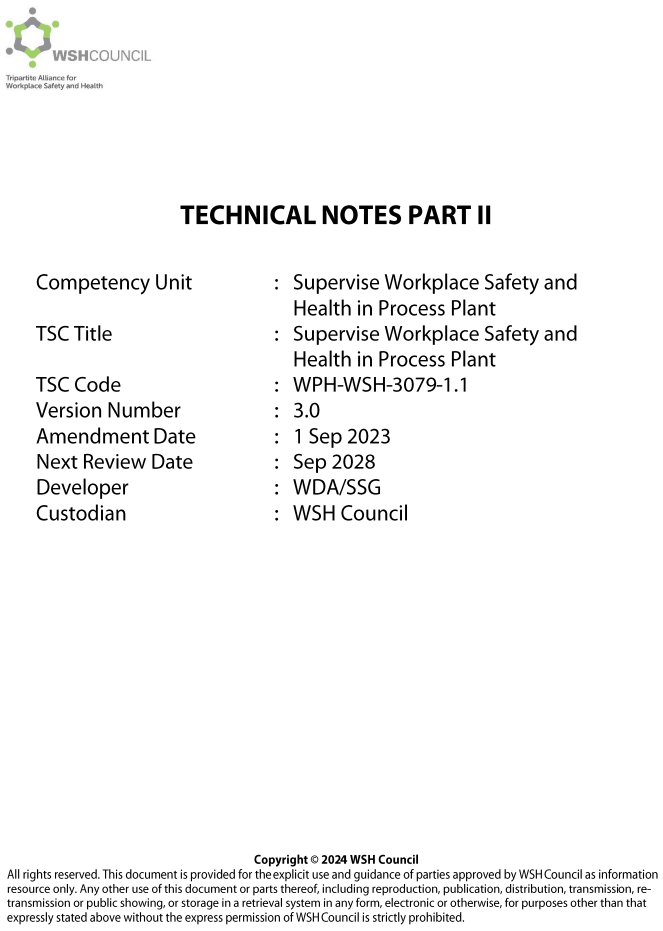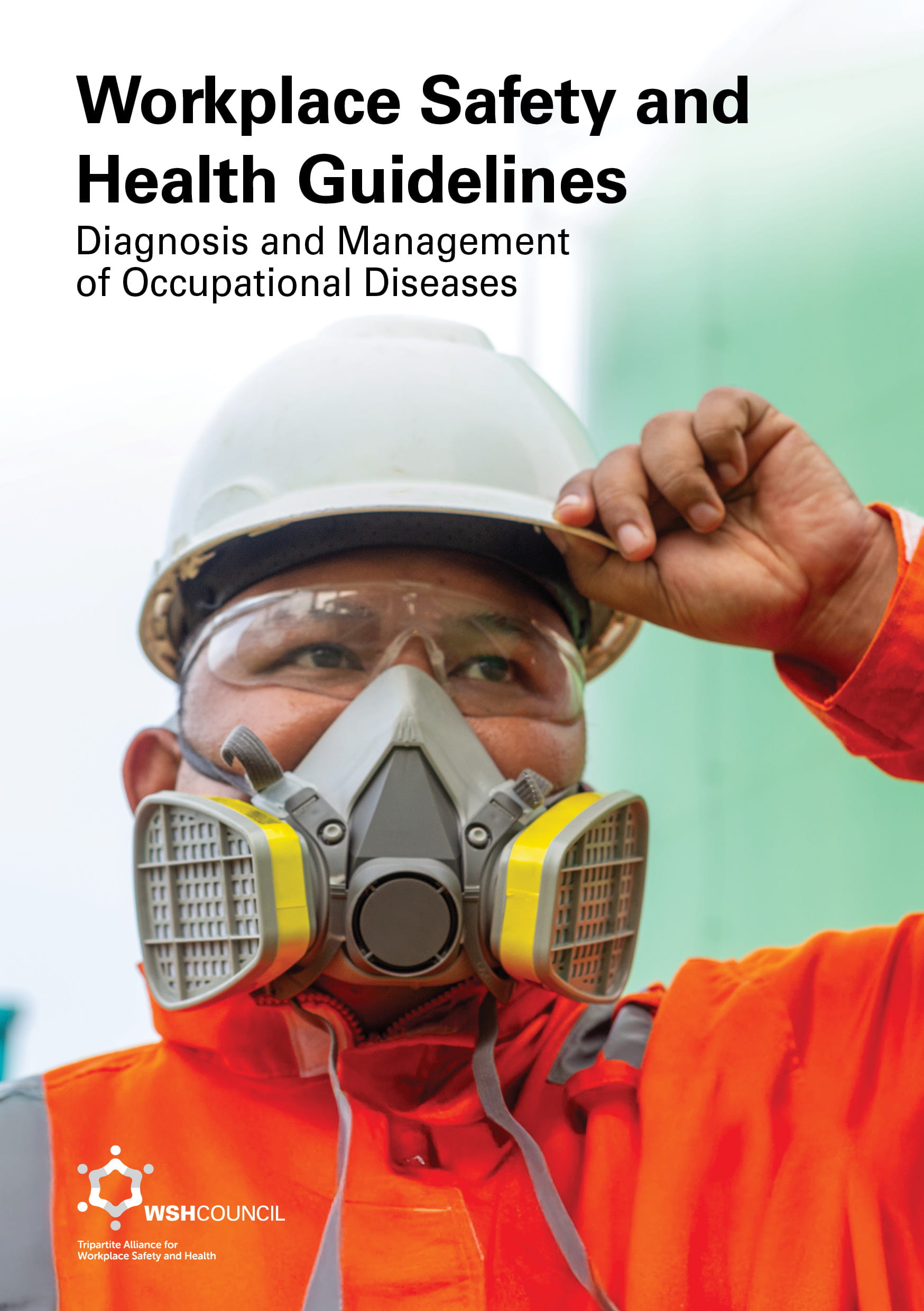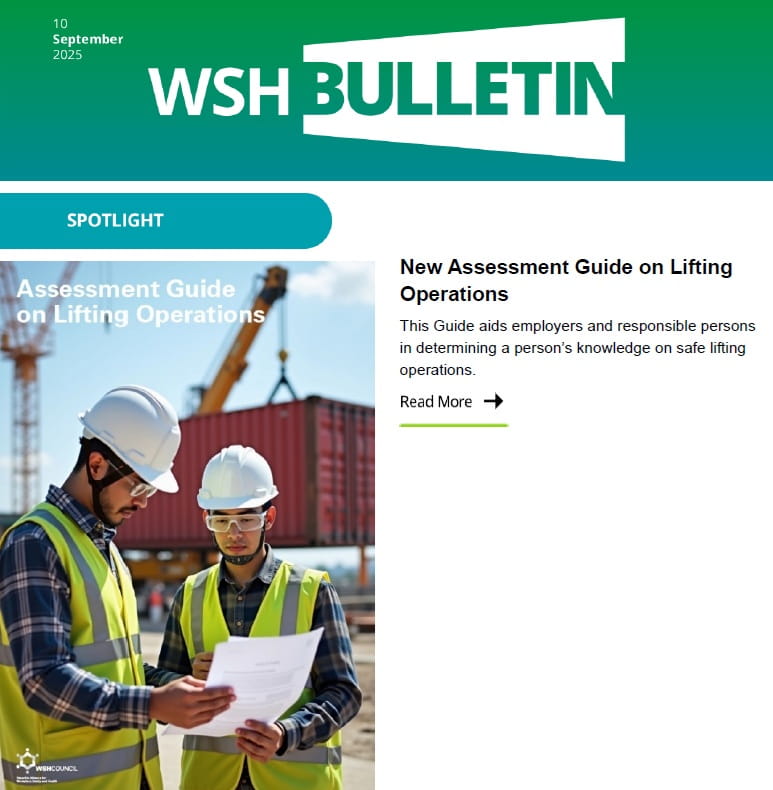Flammable Materials
Learn what flammable materials are, and how to prevent and control flammable hazards in the workplace.
Flammable Materials
Flammable materials are easily ignited, causing fires. They can take the form of solid, liquid or gas. Common flammable materials found in workplaces include liquefied petroleum gas (LPG), paints, varnishes and lacquers.
If flammable materials are not managed properly, they pose serious fire risks. Examples of fire hazards include:
- Flammable storage areas with insufficient fire protection;
- Combustibles placed together with flammable materials; and
- Hot works performed near flammable or combustible materials.
Preventing Fire Hazards
To prevent fire hazards, you should store, handle and dispose of flammable materials properly.
Storage
Proper storage is necessary to isolate flammable materials from ignition sources such as open flames, welding arcs, frictional sparks and lighted cigarettes. When storing flammable materials, you should:
- Store as little flammable materials as possible.
- Keep storage areas away from any heat or ignition source.
- Ensure the storage area is well-ventilated.
- Store flammable materials in a cool and dry place.
- Not store flammable materials in plastic or glass containers.
- Affix GHS labels on all flammable material storage containers.
- Keep all storage containers closed when not in use.
- Provide adequate firefighting and spill clean-up equipment in storage areas.
Handling
When handling flammable materials, you should:
- Refer to the safety data sheet (SDS) of the material.
- Check each container to ensure that it is not damaged.
- Inspect your work area and ensure that there are no ignition sources or combustible materials present.
- Familiarise yourself with your company's fire emergency response procedures.
- Put on the appropriate personal protective equipment (PPE) prior to any work activity.
- Use only the minimum amount of flammable material for your work.
- Return any leftover material to the proper storage area at the end of each workday or shift.
- Always keep containers of flammable materials closed when not in use.
Disposal
When disposing flammable waste materials, you should observe the following:
- Don't dispose flammable materials together with general waste.
- Label waste containers as "HAZARDOUS WASTE" together with the appropriate GHS hazard pictogram.
- Keep waste bins closed when not in use.
- Contact your toxic industrial waste (TIW) collector once you have reached the minimum quantity required for collection.
- Record the details of the waste disposal in the waste register.
Laws and Industry Standards
As an employer, you are expected to comply with Singapore's WSH laws. You should pay particular attention to:
- WSH (General Provisions) Regulations: Provisions for protecting workers and employed persons against flammable materials.
- Fire Safety (Petroleum and Flammable Materials) Regulations: Requirements for on-site fire safety, storage and transportation of flammable materials.
- Environmental Public Health (Toxic Industrial Waste) Regulations - Requirements for licensed toxic industrial waste collector to assist with the disposal of flammable waste materials.
For More Information
Refer to the WSH Guidelines on Flammable Materials (PDF).






